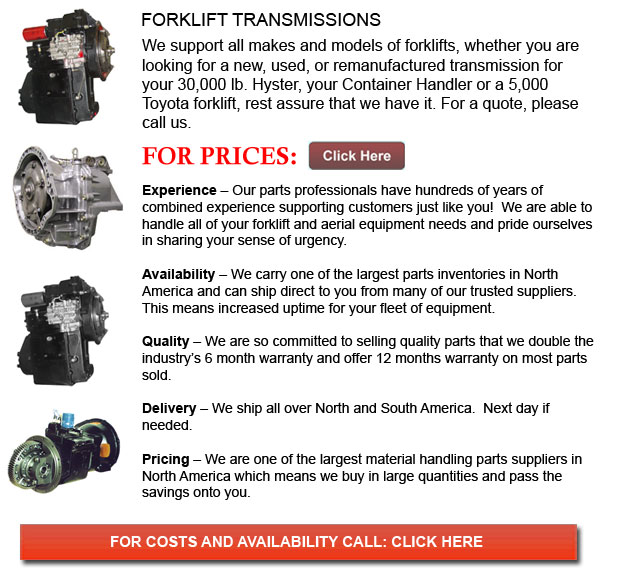
Forklift Transmission - A transmission or gearbox makes use of gear ratios to provide torque and speed conversions from one rotating power source to another. "Transmission" refers to the entire drive train which consists of, prop shaft, gearbox, clutch, differential and final drive shafts. Transmissions are more normally used in motor vehicles. The transmission adapts the productivity of the internal combustion engine so as to drive the wheels. These engines need to work at a high rate of rotational speed, something that is not appropriate for slower travel, stopping or starting. The transmission raises torque in the process of decreasing the higher engine speed to the slower wheel speed. Transmissions are even utilized on fixed equipment, pedal bikes and anywhere rotational torque and rotational speed need change.
Single ratio transmissions exist, and they operate by adjusting the torque and speed of motor output. Many transmissions comprise many gear ratios and the ability to switch between them as their speed changes. This gear switching can be done automatically or by hand. Forward and reverse, or directional control, could be supplied too.
The transmission in motor vehicles will typically connect to the engines crankshaft. The output travels through the driveshaft to one or more differentials in effect driving the wheels. A differential's most important purpose is to be able to alter the rotational direction, although, it could likewise provide gear reduction as well.
Torque converters, power transformation and hybrid configurations are various alternative instruments used for torque and speed adjustment. Regular gear/belt transmissions are not the only machinery offered.
The simplest of transmissions are simply called gearboxes and they supply gear reductions in conjunction with right angle change in the direction of the shaft. Sometimes these simple gearboxes are utilized on PTO machinery or powered agricultural machinery. The axial PTO shaft is at odds with the common need for the powered shaft. This particular shaft is either horizontal or vertically extending from one side of the implement to another, which depends on the piece of equipment. Silage choppers and snow blowers are examples of much more complex machinery that have drives providing output in several directions.
In a wind turbine, the kind of gearbox used is a lot more complex and larger compared to the PTO gearbox found in agricultural equipment. The wind turbine gearbos changes the high slow turbine rotation into the faster electrical generator rotations. Weighing up to quite a lot of tons, and based upon the size of the turbine, these gearboxes generally contain 3 stages to be able to accomplish a whole gear ratio from 40:1 to more than 100:1. To be able to remain compact and so as to supply the massive amount of torque of the turbine over more teeth of the low-speed shaft, the initial stage of the gearbox is usually a planetary gear. Endurance of these gearboxes has been an issue for some time.
![]() Click to Download the pdf
Click to Download the pdf
Forklift Parts
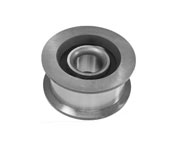
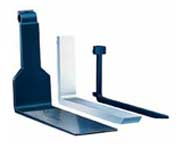
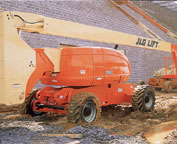
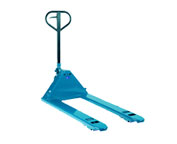
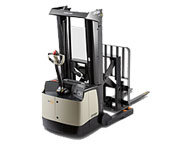
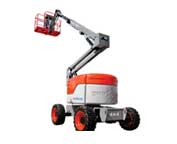
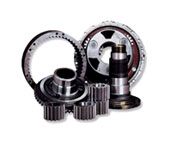
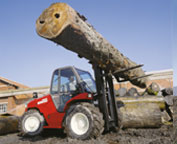
Lift Parts Express
TOLL FREE: 1-888-695-7994
LOCAL: 480-619-5764
625 West Southern Avenue Suite E- 200
Mesa, Arizona
forkliftpartsmesa.com
Email Us
About Us


